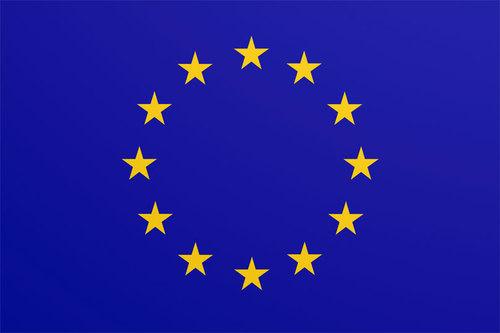Industrial Emissions Directive Transposed

It was four months late but in April 2013 Ireland implemented the requirements of the Industrial Emissions Directive through SI 137 of 2013 and SI 138 of 2013. SI 137 is mainly procedural while SI 138 makes some significant changes to the current IPPC/Waste Licensing regimes currently regulated by the EPA. In a previous news item we listed the likely changes to current IPPC/Waste licensing as follows:
- ‘BAT conclusions’ should be the reference for setting permit conditions.
- EU BAT reference documents will be updated at least every 8 years.
- BAT emission levels can be exceeded where there is ‘disproportionately high costs compared to the environmental benefit.’ Such derogations need to be documented by the EPA in the licence issued.
- ELVs (Emission Limit Values) specifically set out in the Directive cannot be exceeded.
- A ‘baseline report’ on soil & groundwater conditions should be prepared for each facility. The Commission will establish guidance on the content of the report.
- Where process effluent is discharged to a municipal wastewater treatment plant, the effect of that treatment can be taken into account when setting ELVs.
- The EPA can grant a temporary derogation to BAT ELVs for a period not exceeding 9 months when a facility is testing emerging techniques.
- Groundwater monitoring must be carried out at least every 5 years.
- Licence conditions must be updated within 4 years of publication of new BAT conclusions.
- The EPA is now required to issue a report to the licensee within 2 months of an inspection/audit taking place.
- With some exceptions, existing installations shall have until 7 January 2014 to comply with the requirements of the Directive.
All of the above requirements have now been implemented and will come fully into force from 7 January 2014. Regarding EPA reports on audits and inspections, not only must these be sent to the licensee within 2 months, they must also be available to the public within 4 months of the visit to the site taking place.
